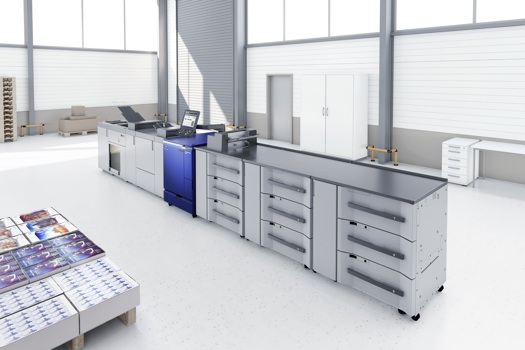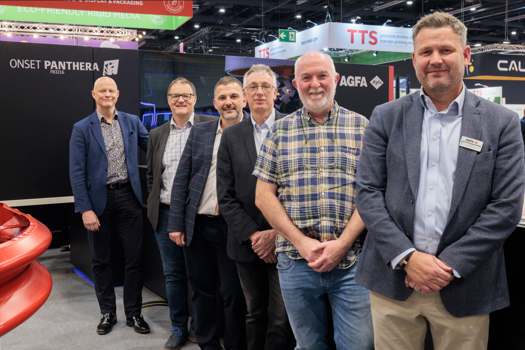The plates are both negative working, the Mirus is a bakeable plate for commercial and packaging and Fortis is a newspaper plate.
They join the Creo PTP plate, which the firm launched last September when it bought South African firm First Graphics factory (PrintWeek, 18 September).
Creo paid a total of 10.1m ($19.2m) in cash to the firms parent Southern Lithoplate for the business, including the factory, the land, staff and stock and intellectual property rights. Southern Lithoplate will continue to make its own conventional and thermal plates for the North and South American markets at its site in North Carolina.
Both plates were launched immediately in North America and Europe.
The firm said it had no plans to follow suit in Europe and buy a local factory for the time being.
Time will tell, if things go really well who knows, said Creo vice president of marketing Boudewijn Neijens. But what we have between South Africa, America and European contract capacity, I dont see a need for owned capacity in Europe.
Neijens said Creo would be reorganising the factory in West Virginia to handle other products in the pipeline. He confirmed Creo was working on its own processless plates and had some other developments that it would be bringing to market.
The site, which was originally built by 3M, was sold to Southern Lithoplate for 2.6m in 1998 shortly after 53m was spent in building a state-of-the-art line.
Story by Barney Cox
Have your say in the Printweek Poll
Related stories
Latest comments
"Very insightful Stern.
My analysis?
Squeaky bum time!"
"But in April there was an article with the Headline "Landa boosts top team as it scales up to meet market demand", where they said they came out of last year’s Drupa with a burgeoning order..."
"Yep. Tracked is king."
Up next...

Print services required
Trio of new tenders up for grabs

Greater automation and ease-of-use
Konica Minolta enhances AccurioPress C7100 series

Energy savings and wider gamut
Wilmot-Budgen takes first LED Onset

Weekly one million mark


